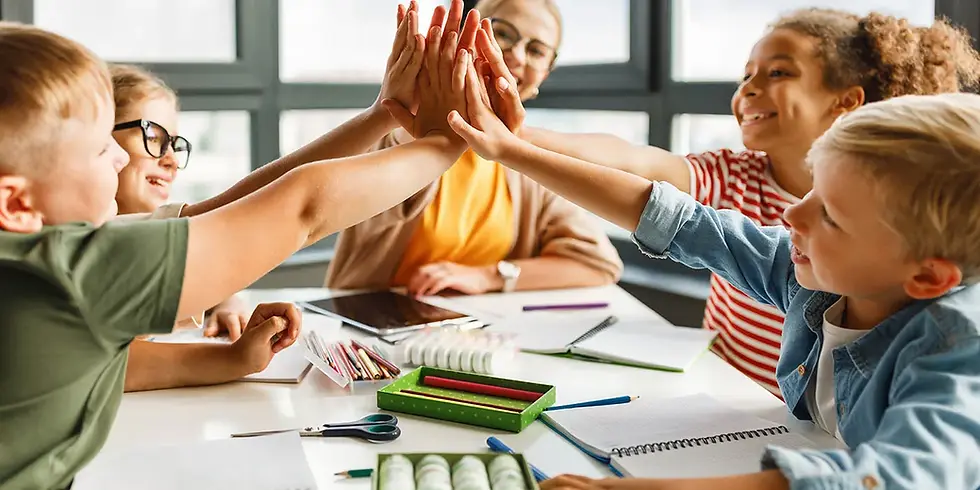Incorporating Yoga into the Toddler Classroom
- wlouviere
- Sep 1
- 2 min read
By Priya Ranganathan, LSU Early Childhood Education Laboratory Preschool
Dr. Cynthia DiCarlo, Louisiana State University

As early childhood educators, we understand the importance of nurturing children’s social and emotional development alongside their physical growth. One powerful and accessible tool we’ve found for promoting these skills is yoga. Simple poses and mindful breathing can support toddlers in developing focus, emotional regulation, and body awareness—laying the groundwork for lifelong well-being.
Why Yoga for Toddlers?
Yoga offers many benefits for young children. Physically, it strengthens muscles, improves flexibility, and enhances balance and coordination. Emotionally, it promotes self-regulation by helping children calm their bodies and minds. Regular yoga practice can reduce stress, improve concentration, and support emotional stability in young learners.
For toddlers, yoga is not about perfect poses—it is about encouraging gentle movement, breath awareness, and fun. Even brief daily sessions can support transitions, reduce anxiety, and help children feel centered and ready to learn.
How We Use Yoga in Our Toddler Classroom
In our Young Toddler I class, we incorporate yoga twice a week, early in the morning before breakfast. This quiet time allows us to set a calm, focused tone for the day. The sessions last 10–15 minutes and include simple poses like:
Siddhasana (Seated Pose) – sitting cross-legged with hands together at the heart
Tadasana (Mountain Pose) – standing tall like a strong mountain
Bhujangasana (Cobra Pose) – lying on the tummy and gently lifting the chest
Badda Konasana (Butterfly Pose) – sitting with the soles of the feet together and flapping the knees like wings
Ananda Balasana (Happy Baby) – lying on the back, holding feet and gently rocking side to side
We keep things playful by incorporating storytelling and imagination. For example, during Tree Pose, we pretend we are growing tall in the forest. During Downward Dog, we act like stretching puppies. These connections make yoga fun and meaningful for young children.
Tips for Getting Started
You don’t need to be a yoga expert to bring yoga into your classroom. Start with just 5–10 minutes a day. Choose a few simple poses and repeat them regularly so children become familiar with the routine. Use calming music, visual aids, or storybooks that pair movement with language. Most importantly, stay flexible—some days will be more focused than others, and that is okay.
Yoga can be used at transitions (like after recess or before nap) or as part of morning meeting. Over time, you’ll notice children gaining confidence, awareness, and joy through their practice.
Final Thoughts
Integrating yoga into the toddler classroom has deepened my understanding of each child’s unique needs and capabilities. I have seen how a few moments of movement and mindfulness can positively shape the day for our toddlers—and for us as teachers, too. Yoga creates space for calm, connection, and joy, supporting the whole child in ways that are developmentally meaningful and delightfully simple.




Comments